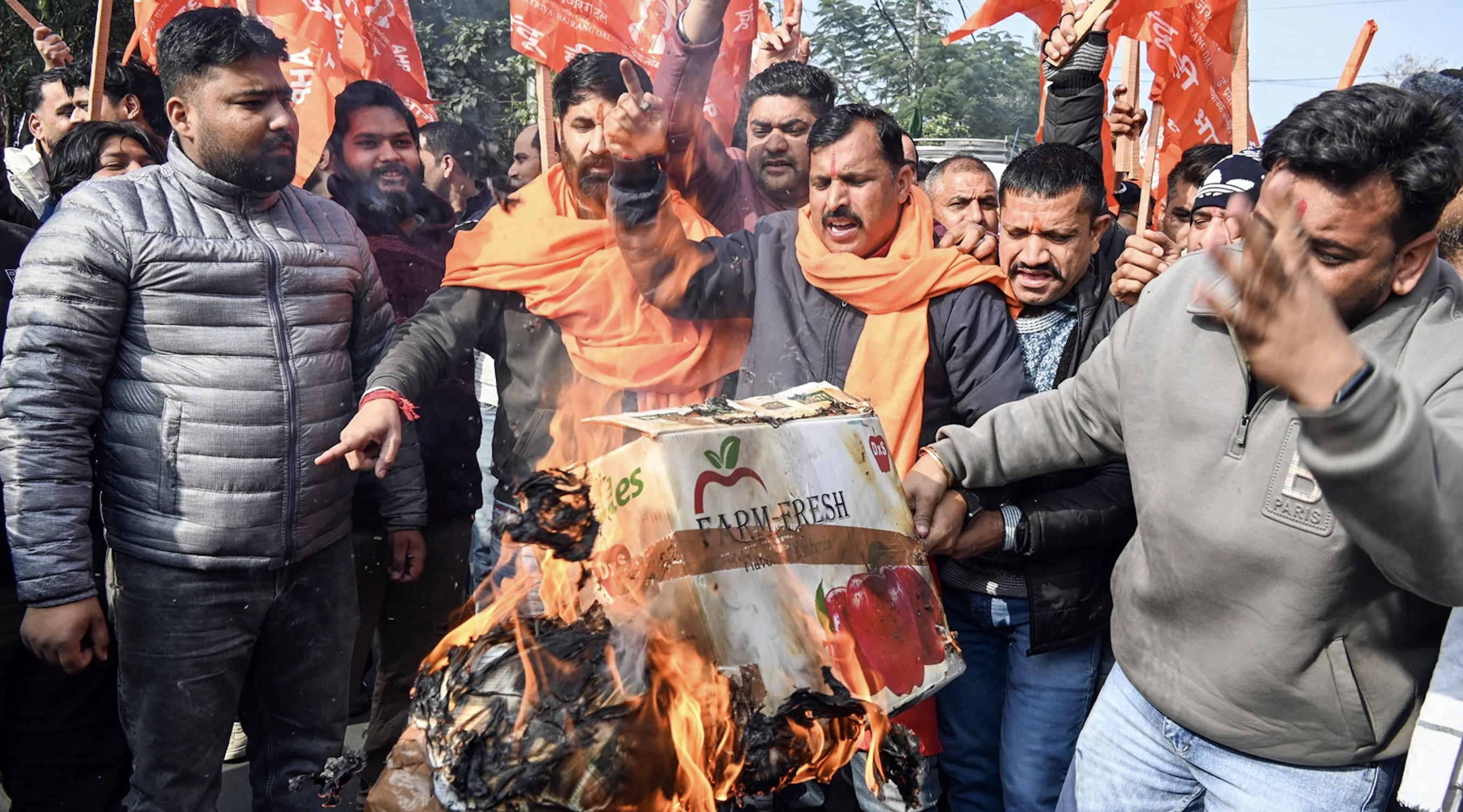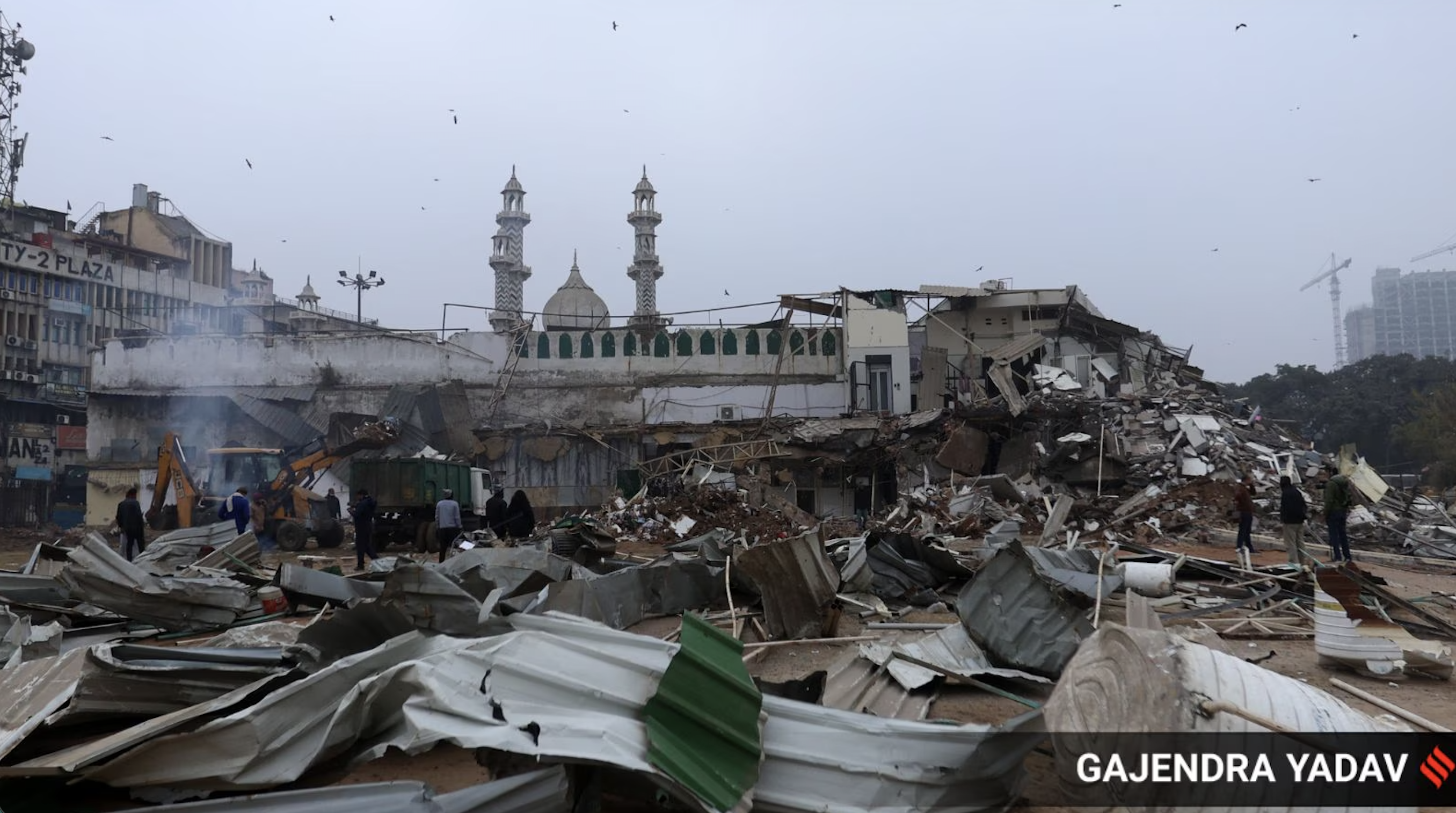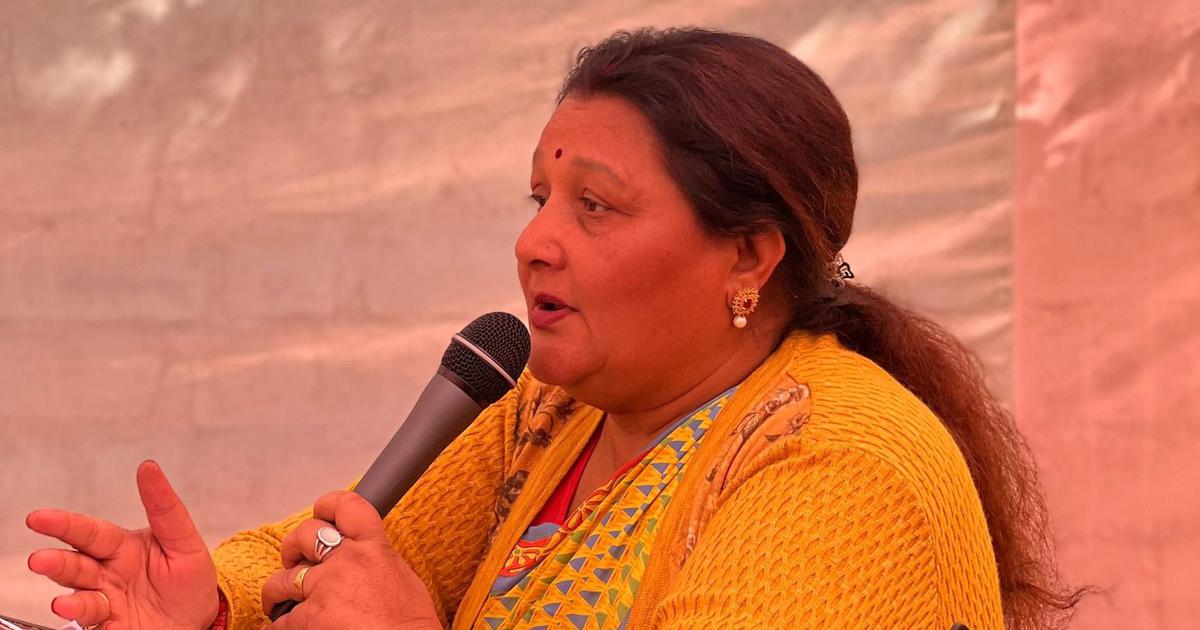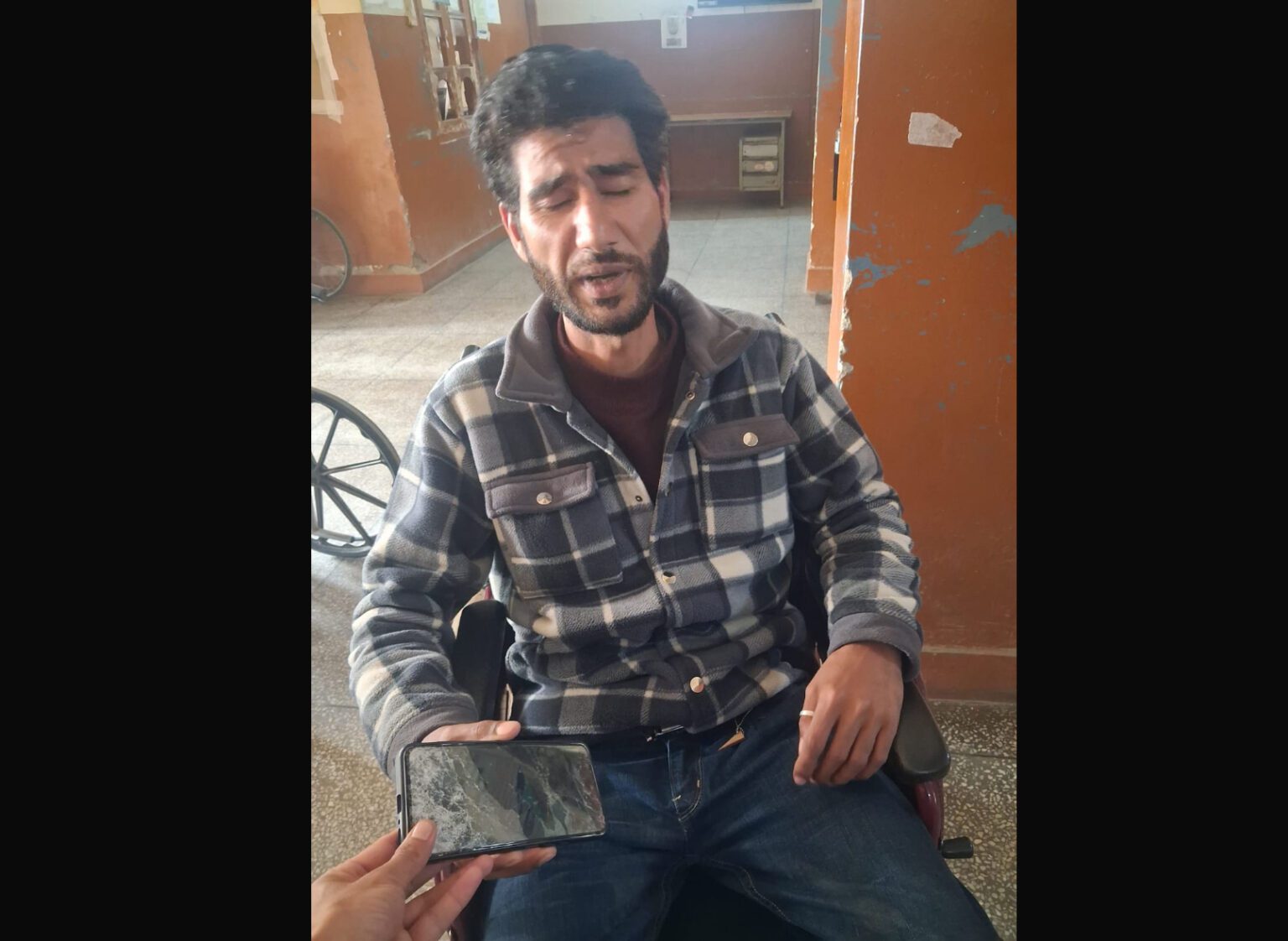
By Ajaz Ashraf / Mid-Day
When I entered the theatre to watch The Kashmir Files, I was reminded of a Kashmiri Pandit woman who was displaced from Srinagar and who I met only once. In that meeting, she spoke of a dream she often had, of a room made of mud in her ancestral house where the family would retreat in winter to keep warm. “I don’t know why this dream keeps recurring,” she said.
I have always countered those who argue that Kashmiri Pandits were as vulnerable as Kashmiri Muslims during the outbreak of militancy in 1989-90—and should not, therefore, have left the Valley. I find this argument bogus, not least because of the acute anxiety I experienced during the movement against the Babri Masjid.
Since then, every riot makes Muslims imagine violence creeping up to their doorsteps. In such a scenario, they know their names, not political beliefs, would make killers swoop down upon them. Indeed, it was human for Pandits to feel terrified—and abandon their homes.
I did not expect the psychology underlying the exodus of Pandits to be treated with sensitivity in this movie, for anyone who coins a term such as Urban Naxal, as Vivek Agnihotri, the director of The Kashmir Files, did, would likely be crass. I also knew aesthetics could not have inspired Prime Minister Narendra Modi to endorse The Kashmir Files. After all, Modi as the then Gujarat chief minister did not stop Hindutva hotheads from scaring theatre-owners from screening Parzania and Firaaq. Both films deal with the 2002 anti-Muslim pogrom in Gujarat with restraint—and pathos.
This article first appeared on mid-day.com






